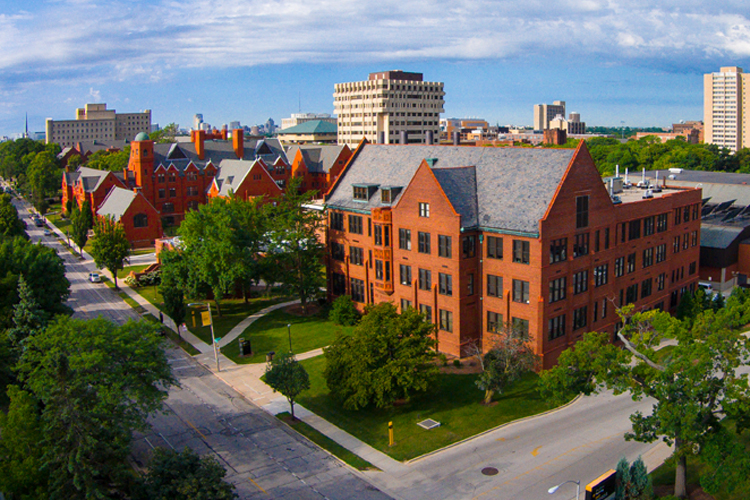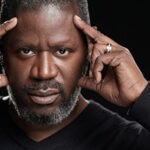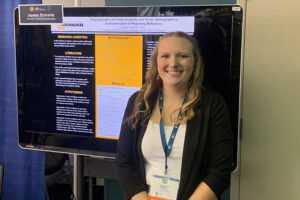Thanks to Marc Eisen for his July 10 Milwaukee Journal Sentinel commentary, “Empowering UWM will empower the state,” advocating investment in the University of Wisconsin-Milwaukee as the pathway to a prosperous future for Wisconsin.
Milwaukee is Wisconsin’s urban center, with unique concentrations of industry, culture, ethnicity, finance, and population that are crucial for the state’s prospects. Widespread access to higher education among Milwaukee’s citizenry including minority groups is a necessity. Equally important are broad, deep and effective research resources that support economic and societal development. In this context, Milwaukee and the urban corridor of eastern Wisconsin need and deserve a world-class public university as their partner in moving successfully into the future knowledge-based global economy.
Eisen recommends that UWM become a top-tier research university, but in many ways it already is. UWM recently has been named a top tier Research 1 (R1) research university according to the gold standard Carnegie classification of American colleges and universities. Like UW-Madison, the University of Minnesota-Twin Cities, the University of Illinois-Chicago, the University of Michigan, Harvard and MIT, we are among the 115 best research universities in the nation. While Milwaukee has several excellent institutions of higher education, only UWM has R1 status.
UWM’s rise to R1 status has occurred without much recognition or fanfare outside of Milwaukee, so it is no surprise Eisen does not know about this. It also occurred without much dedicated state support for UWM’s dual research and access mission. Even now, UWM receives less than half the state support per student provided to UW-Madison, while other Midwestern states such as Michigan give parity in funding to their urban universities. UWM’s 27,000 students deserve better.
Eisen’s article compares Milwaukee with Minneapolis, Austin and Seattle, and suggests that a stronger UWM could help the city hum like our neighbor to the north and other major cities around the nation. We agree.
Think about what Minnesota, Texas, and Washington have invested in their respective R1 institutions, the University of Minnesota-Twin Cities, the University of Texas-Austin, and the University of Washington-Seattle, to serve as intellectual drivers of those cities and their surroundings. Each has about three times as many faculty in the STEM (science, technology, engineering, and math) areas as we have at UWM. Imagine what comparable resources for UWM would have done for Milwaukee and Wisconsin’s urban corridor and what they can do in the future.
UWM also is classified by the Carnegie commission as a major community-engaged university that has partnered intensively with Milwaukee’s communities and businesses for decades. As the UW-System’s “access” university, 30 percent of our undergraduate students are minorities and 40 percent are first-generation university students. Our graduates populate the large and small businesses of Milwaukee and UWM’s professors conduct collaborative applied research with them to enhance their competitiveness. Similarly, faculty work hand-in-hand with community organizations to address the multitude of urban issues of education, health and social justice.
Ninety percent of our undergraduate students come from Wisconsin, and 75 percent of them stay in the state to live and work. We achieved R1 status largely on our own, but now Wisconsin stands at a crossroads. Will we become more like states that invest in the future, or like others that have disinvested and seen their fates wither? Investing now in UWM will build on a remarkably strong foundation of first-rate research, teaching and community engagement, and is truly an investment in Wisconsin’s future.







